On September 8th this year, in honor of the 716th anniversary of the Duomo, the original Florence Baptistery’s Gates of Paradise will return to public view in the museum of the Opera di Santa Maria del Fiore (behind the Duomo), after a restoration lasting 27 years.
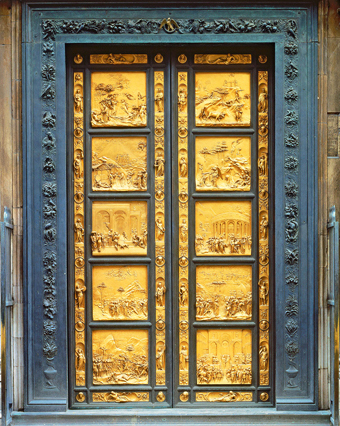
Coincidentally, 27 years is the same amount of time it took Lorenzo Ghiberti to achieve the originals. Without equal in complexity, the restoration saved the legendary gold-leafed bronze doors from certain destruction.

Directed and performed by the Opificio delle Pietre Dure in Florence, commissioned by the Opera di Santa Maria del Fiore, the restoration was made possible thanks to funding from the Ministry of Heritage and Culture and the contribution of the Friends of Florence, based in the United States.

The Gates of Paradise – named by Michelangelo, created by Ghiberti – were installed in the Florence Baptistery in 1452. In what is considered to be the first autobiography by a European artist, known as I Commentarii, Ghiberti recalled the creation of what he rightly judged to be “the most outstanding” of all his works. For the assignment, he wrote, he was “given a free hand to execute it in whatever way I thought it would turn out most perfect and most ornate and richest.” With that mandate, he dispensed with traditional quatrefoils—four-lobed configurations—and instead divided the doors into ten square panels, which he surrounded with 24 figures and 24 heads. Read more about the creation of the panels in an excellent article in The Smithsonian.
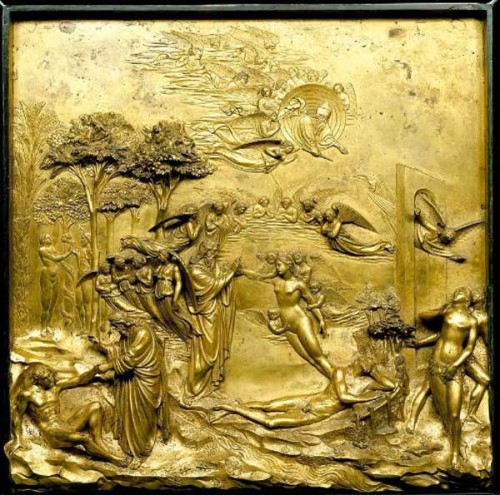
It took Ghiberti 12 years to model and cast the main reliefs and another 15 to finish them. Not so much time, really, when you consider that along with the arduous work of detailing the surface of the cast bronze—the punching, hammering, incising and polishing that, collectively, is known as “chasing”—he had to come up with a new syntax for portraying a narrative. But still, 27 years on one project is an act of true dedication.
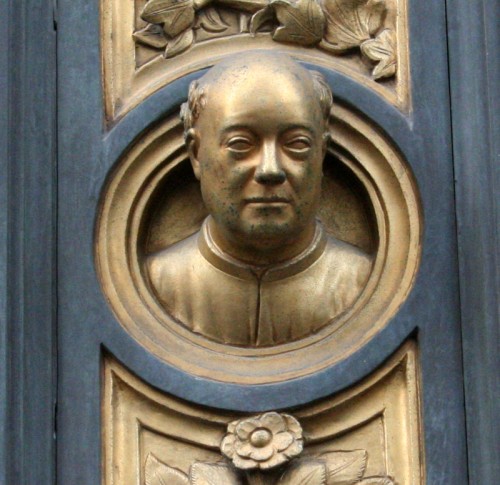
Last night (June 27) the Gates of Paradise – weighing 8 tons, 15 feet (5 meters) high and 9 feet (3 meters) wide, with a thickness of just over 4 inches (11 centimeters) – took two trips, one for each door, from the restoration studio at the Opificio di Pietre Dure on Via Alfani to the Museum in Piazza Duomo. Added to the four tons of each door was the added weight of the cage of metal designed to support and protect it during transport, for a total of about 7 tons. The delicate operation required six hours.
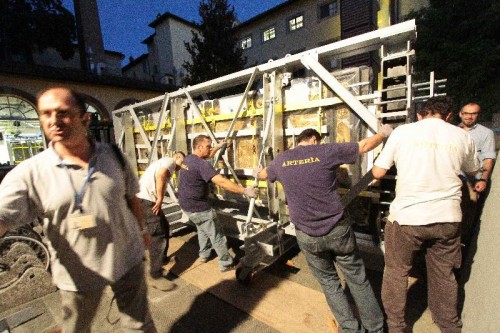
The doors will never go back to their original position outside, but will become part of the Baptistery exhibition at the Museum. They will be shown inside a specially designed display case, necessary to preserve them under conditions of low humidity and constant temperature to prevent formation of salts between the unstable surface of the bronze and the layer of gold leaf, in the covered courtyard entrance of the Museum, until 2015 when a new wing of the museum to be created specially for the Baptistery collection is scheduled to be finished.
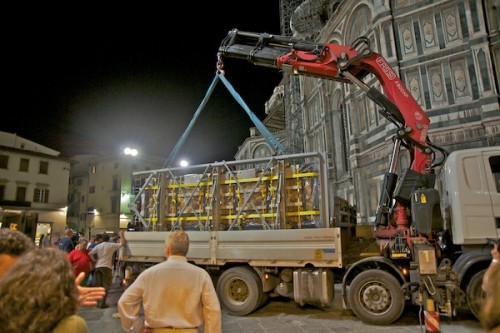
The doors, seen by millions, are a copy created after the disastrous flood in 1966.
